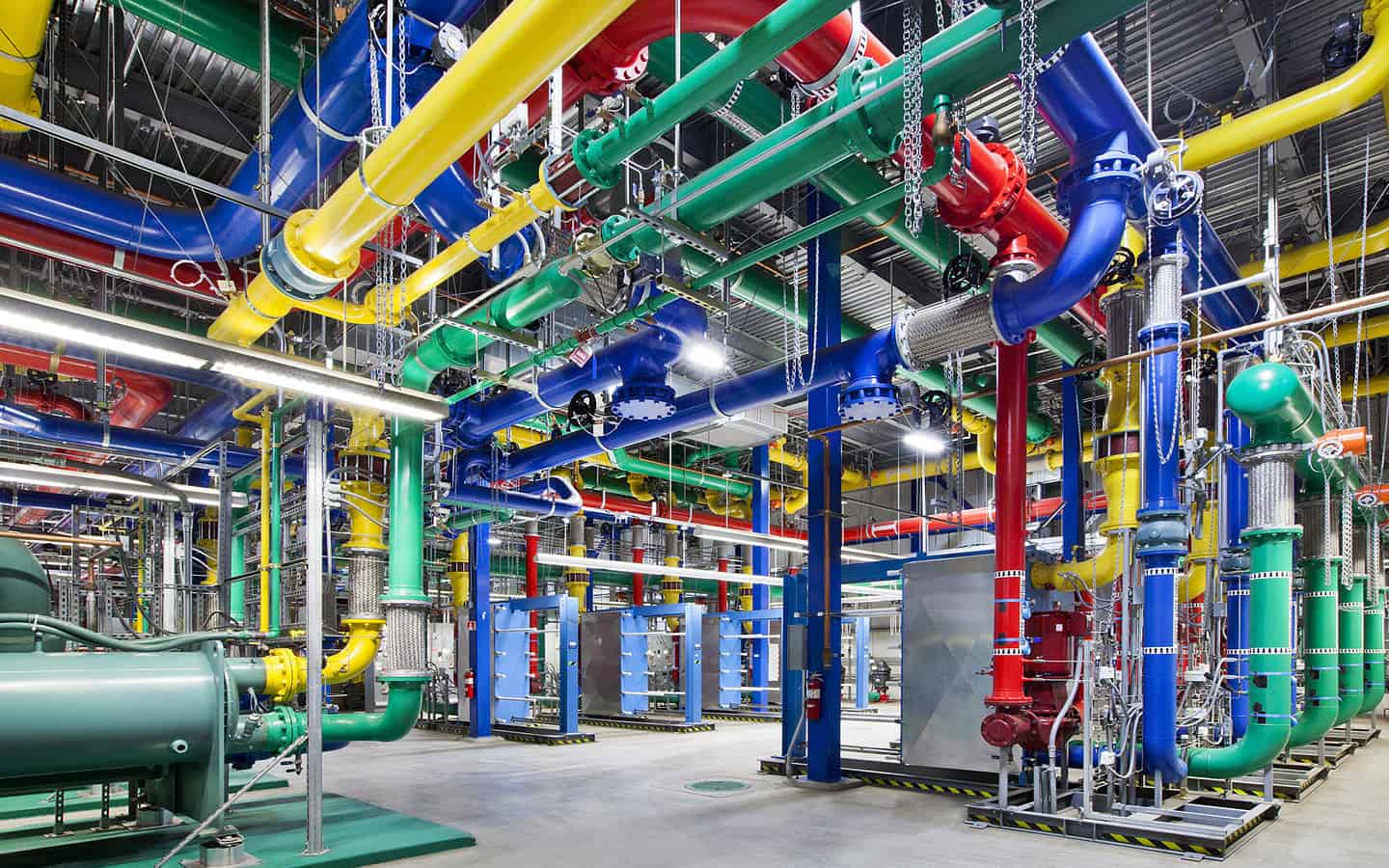The CPD, or Data Processing Center It is essential for organizations that handle large volumes of information and data, since it allows the management and processing them efficiently and safely. It is a physical place where the servers, equipment and systems necessary for the storage, processing and management of company information.
Below we will see what it is for, how it is used and its main advantages for companies.
1. What is a data center and what is it for?
A data processing center or CPD (Data Center in English) is the place or facilities where all the operations and IT infrastructure of an organization are centralized. here is store and process data and applications Of the same.
It is usually used by medium and large companies since the cost of implementation and maintenance is high. There are ?small? They can occupy a room, or be huge centers that occupy several floors of a building.
In this sense, for companies the security It is an important factor not only in terms of connections but also physically. The Data Centers They can have anti-vibration systems to take care of the life of the storage disks, special fire-fighting systems for electronic equipment and, of course, restricted access to the area. It is also important that the maintenance systems of these centers are trained, since there is a lot of electronics and without the corresponding care, they could damage thousands of dollars invested in the deployed infrastructures.
2. What role does the CPD have?
The main function of data processing center or CPD is to provide information and communication technology (ICT) services for the company, ensuring the availability, security and confidentiality of data.
It can also be used as a hub big data, where large amounts of data are processed through pipelines both in real time and asynchronously. Thanks to its great computational capacity, the situation of training models of Machine Learning or Artificial Intelligence and put them into production for your use. Additionally, they are also often used to host productivity applications, be it email as management software.
As we will see later, there are components that are mandatory for the implementation of CPD, since without them the correct operation and availability cannot be ensured. This is linked to the fact that the central objective of the CPD is secure data storage that are generated per second, in the best percentage of time possible. Regardless of processing them, having at least the ability to save the information supplying any type of incident is vital, a point which cannot be done on a normal computer.
3. Where is the data processing center located?
The Data Processing Center (CPD) It can be located in different places depending on the organization and its needs. In general, the CPD is located in a physical location that meets the necessary requirements for its correct operation. The most common are:
- In the organization's own facilities
- In a data center or specialized building
- On the cloud
The data centers that are managed by private businesses for themselves, they are usually implemented in the same building where they are located, either in a room or even a floor depending on the needs. Although there are also occasions where all the hardware is assembled in a facility external to the organization.
In the case of data center providers such as Google Cloud, they have special facilities for this, since due to the large volume of clients they have, the sum of the need for storage and computing capacity makes a special infrastructure necessary.
In any case, the location of the CPD must be carefully selected to guarantee the availability, security and confidentiality of the organization's data.
4. Types of data centers
Among the different types of data centers or CPD There are 4 large groups:
 Business Data Center
Business Data Center
These are built as their name says, to cover business needs. They are usually located in the same company facility, although it can be outsourced.
 Managed Services Data Center
Managed Services Data Center
These cases occur when the system is outsourced, a provider is hired who is in charge of installing the system, operating it, and maintaining it.
 Colocation Data Center
Colocation Data Center
Unlike managed service data centers, the provider is only in charge of the infrastructure, but the rest of the points, such as administration, are the responsibility of the company that is contracting.
 Data center in the cloud
Data center in the cloud
This case is different from the other three since the infrastructure and data hosting is no longer physical and becomes everything on the cloud, saving the large computing areas. For this there are providers that offer these services, among them we highlight Google Cloud as number one in the market, awarding high-end storage components.
5. Components of a data center
The components of a data center focus on providing an environment safe, reliable and efficient for the storage, processing and management of the organization's data. Common technical elements include:
- Servers: these are the centerpiece of any data center. They are in charge of processing and storing the organization's data and providing services to users.
- Computing capacity: which consists of RAM memory and processing capacity with CPUs.
- Storage: the type of storage, capacity and systems for which they choose to store the data.
- Security: crucial factor not only for computer security but also physical.
- networks: all the interconnections between the components within the data center and the connection with external networks.
- Refrigeration: either by air conditioning or with new cooling technologies, since there are so many electronic components in a room, it is normal for the temperature to rise. This is why there are always refrigeration systems, commonly air conditioners to keep the temperature at an adequate level.
- power systems: A continuous power source must be ensured since without it, the data center is out of service and all the information being processed in that period of time will be lost.



